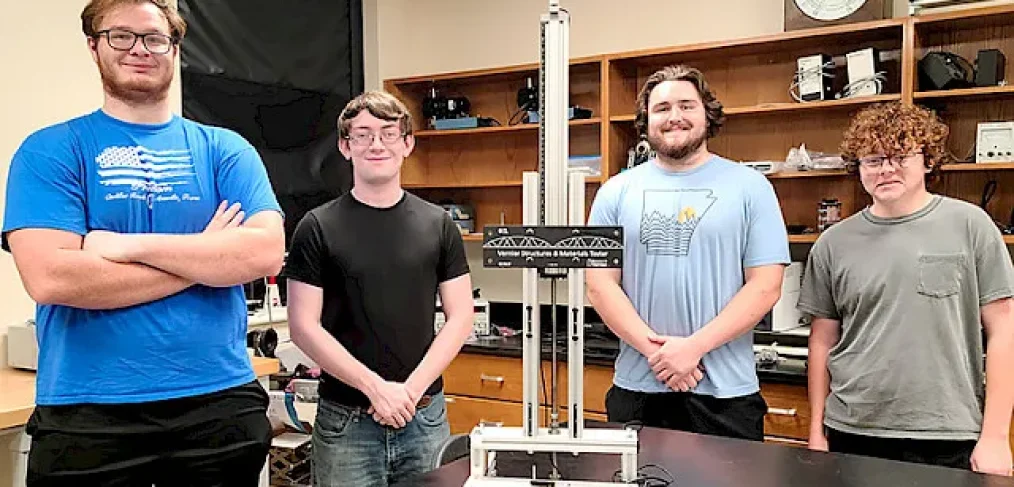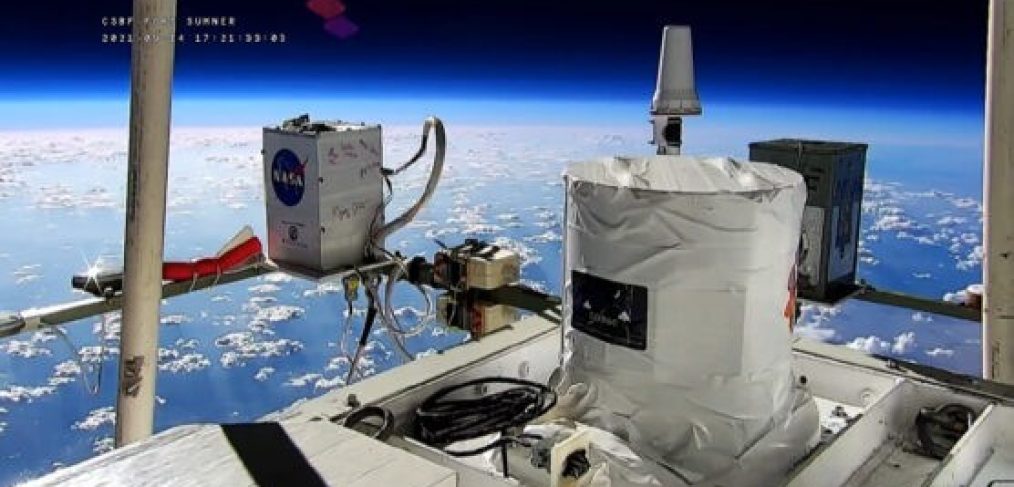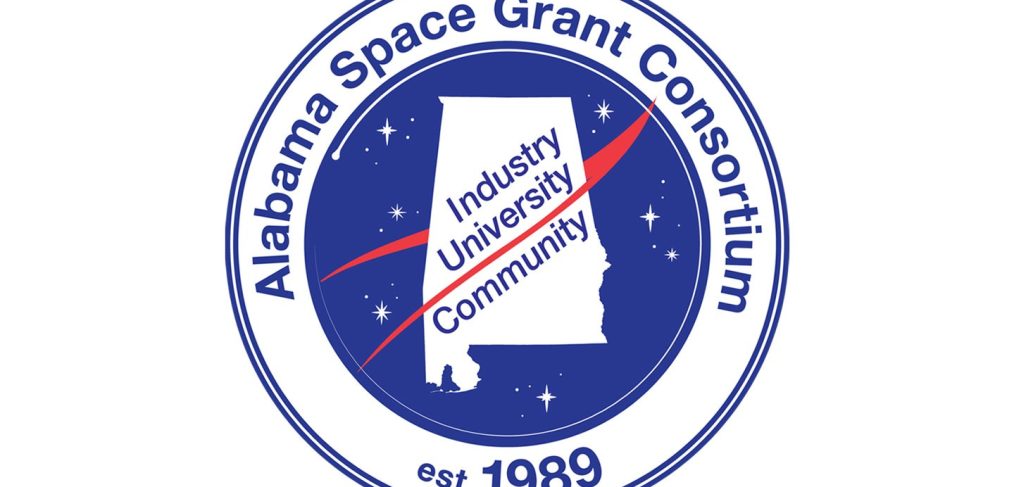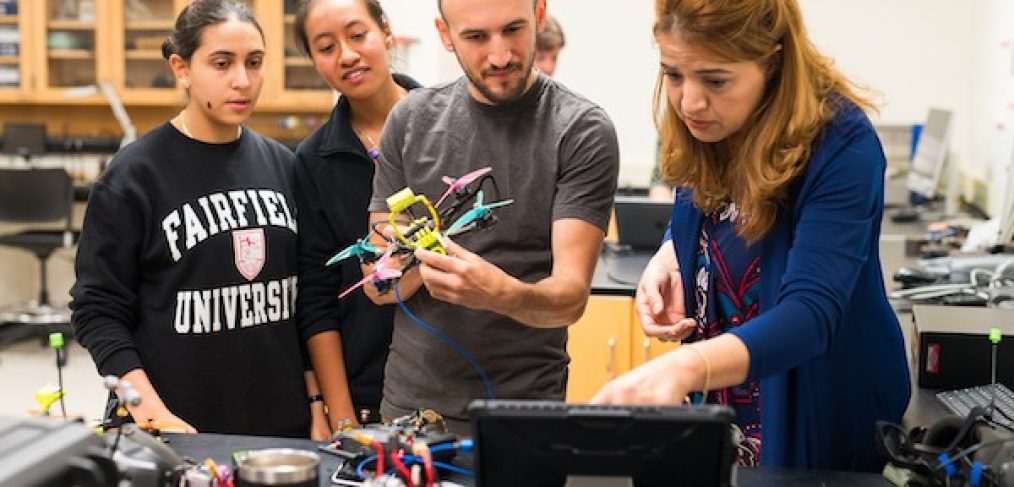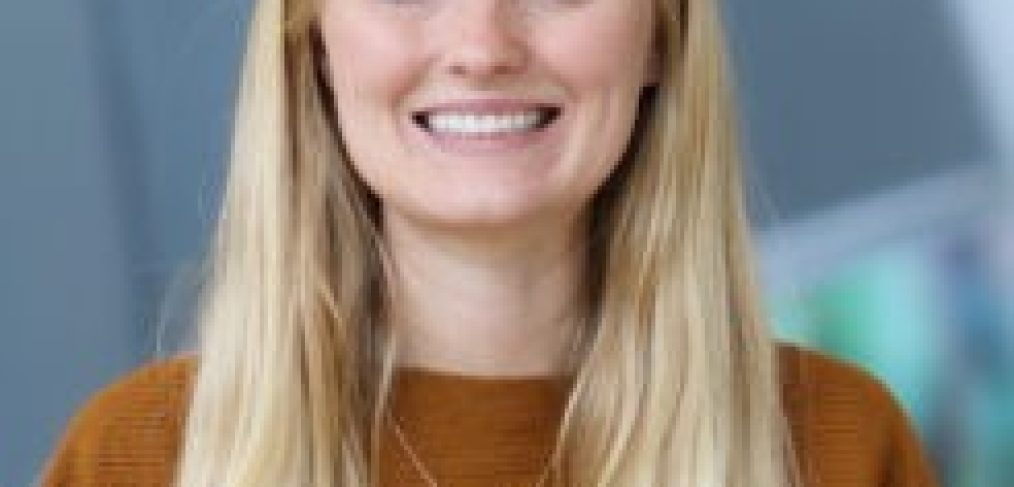Nine Henderson State University students were awarded funding this summer from the Arkansas Space Grant Consortium to support their projects and research.
Patrick Porch of Malvern, Michael Kempson of Bald Knob, and Chance Young of Cabot received a $15,000 Student Intensive Training Grant which provides a stipend for each student and funding for materials.
They are working on a high-powered rocketry project and pursuing their required certifications as they seek to compete in a national rocketry competition.
Kayce Krantz of Gurdon, who is also working on a rocketry project, received a STEM grant with a stipend intended to provide opportunities for underrepresented groups in the sciences.
Read the full article on Arkadelphian.com
Author Credit: Arkadelphian.com
Image Credit: Henderson State University
Original Post Date: June 26, 2024


